The AT-3 Sagger — Deadly Russian Suitcase Missile
March 11th, 2023
7 minute read
Among one of the most ominous — even insidious — pieces of military hardware developed during the Cold War was “suitcase” nuclear device. Known as the suitcase nuke, backpack nuke or even “snuke,” it wasn’t actually a single weapon. Instead, a variety of tactical nuclear weapons were designed that were small enough that they could be carried in specially-designed backpacks.
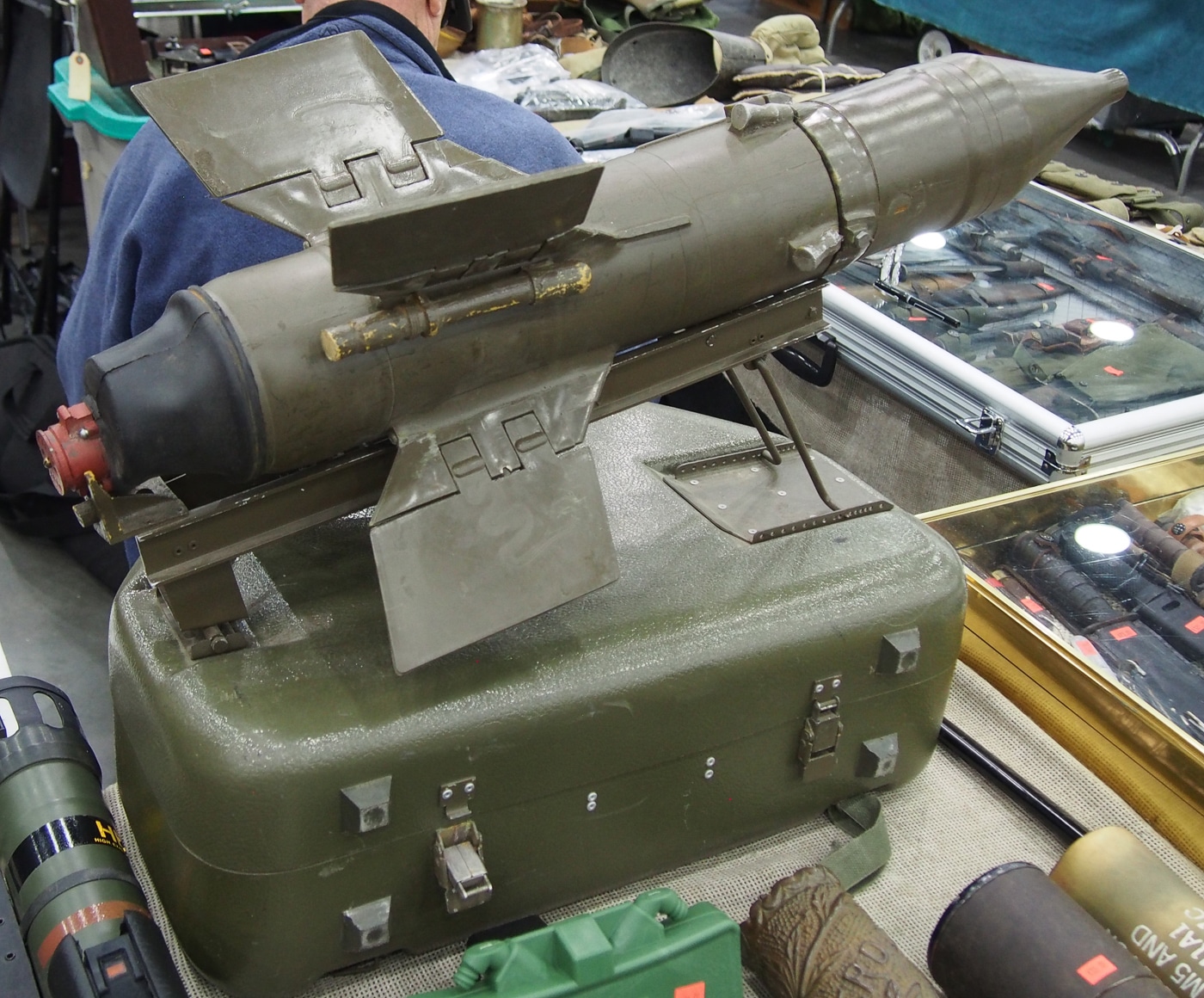
Though no actual weapon was ever seen carried in a normal-sized suitcase or briefcase, the myth of such a weapon is one that has garnered much interest — especially with the looming specter of a nuclear weapon rearing its ugly head again! Perhaps one reason that the image of a nuclear weapon that could be carried in a suitcase has gained renewed interest goes to the fact that the Soviet Union also developed an anti-tank guided weapon (ATGM) that was in fact carried, and even launched from a special carrying case.
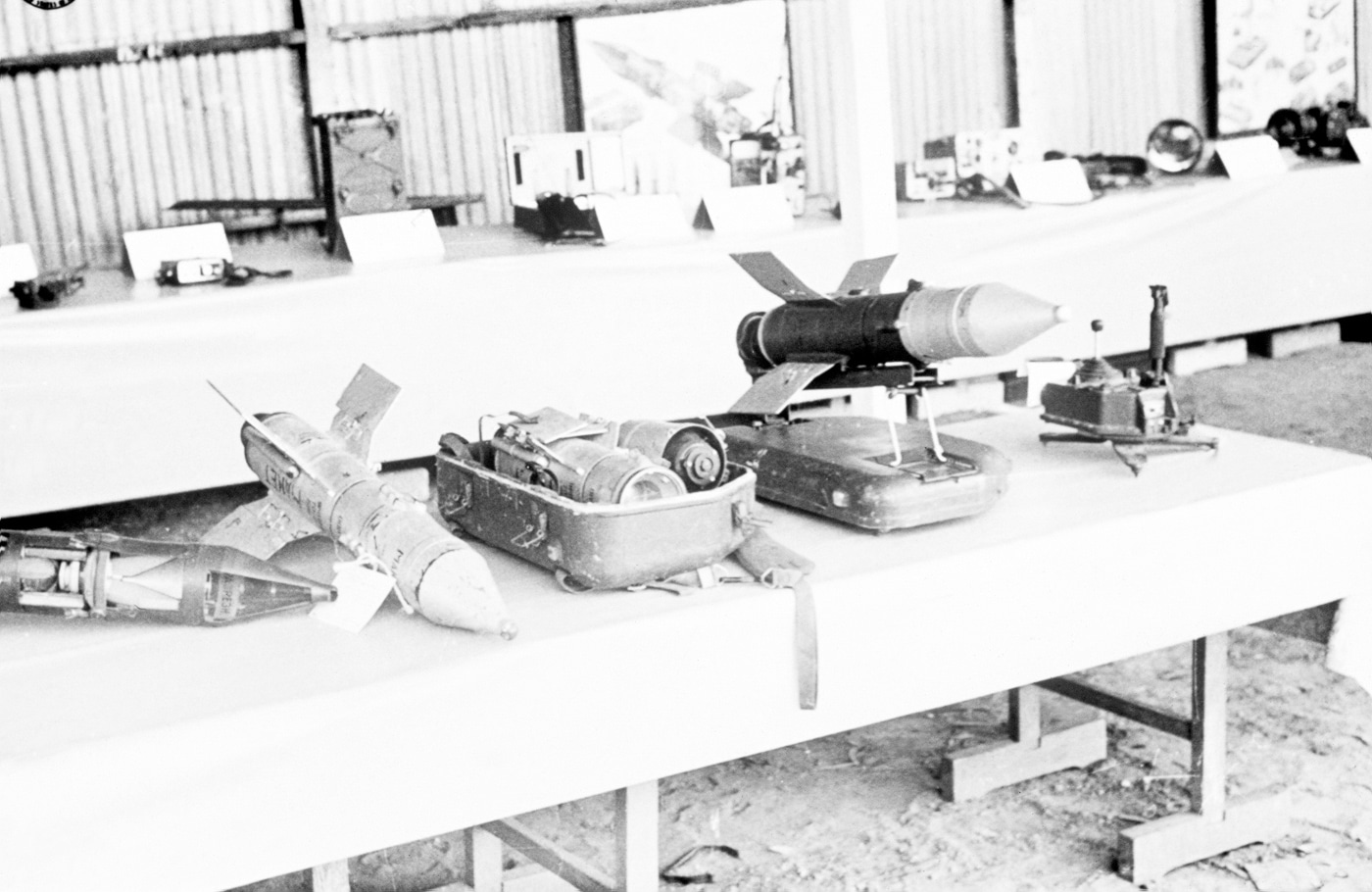
That was the 9M14 Malyutka (Russian for “Little One”), a weapon that is commonly known by its NATO reporting name, AT-3 Sagger. It was the first man-portable ATGM deployed by the Soviet Army, and it was also among the most widely produced to date.
It was truly a “suitcase” missile!

Development of the Manual Command to Line of Sight (MCLOS) wire-guided ATGM officially began in 1961, and it entered service just two years later. Soviet production of the 24-lb. missile had reportedly peaked at 25,000 missiles a year during the 1960’s and 1970’s.
What is especially noteworthy is that the weapon’s history still remains somewhat shrouded in mystery. What is known is that the design work may have dated back to the 1950’s at the KBM plant in Moscow, while it was first publicly seen during the Victory Day Parade to commemorate the Red Army’s victory in the Second World War on May 9, 1965.
Despite its prolific use, the weapon also hasn’t been widely known in the West — likely due to the fact that it hasn’t been seen in pop culture. However, it continues to be used in conflicts around the globe.
AT-3 Sagger: Versatile and Adaptable
The Malyutka is a true mini-missile with a pointed nose that contains a HEAT (High Explosive Anti-Tank) warhead, along with oversized fins. It can be stored inside a 9K11 portable fiberglass case that doubles as a launcher platform, and could be quickly assembled and ready to fire in under a minute. Technically, a proper 9M14 Malyutka team would consist of three individuals, including two to carry and ready the weapon, while the “senior operator” would carry the 9S415 control panel and its monocular sight/periscope.
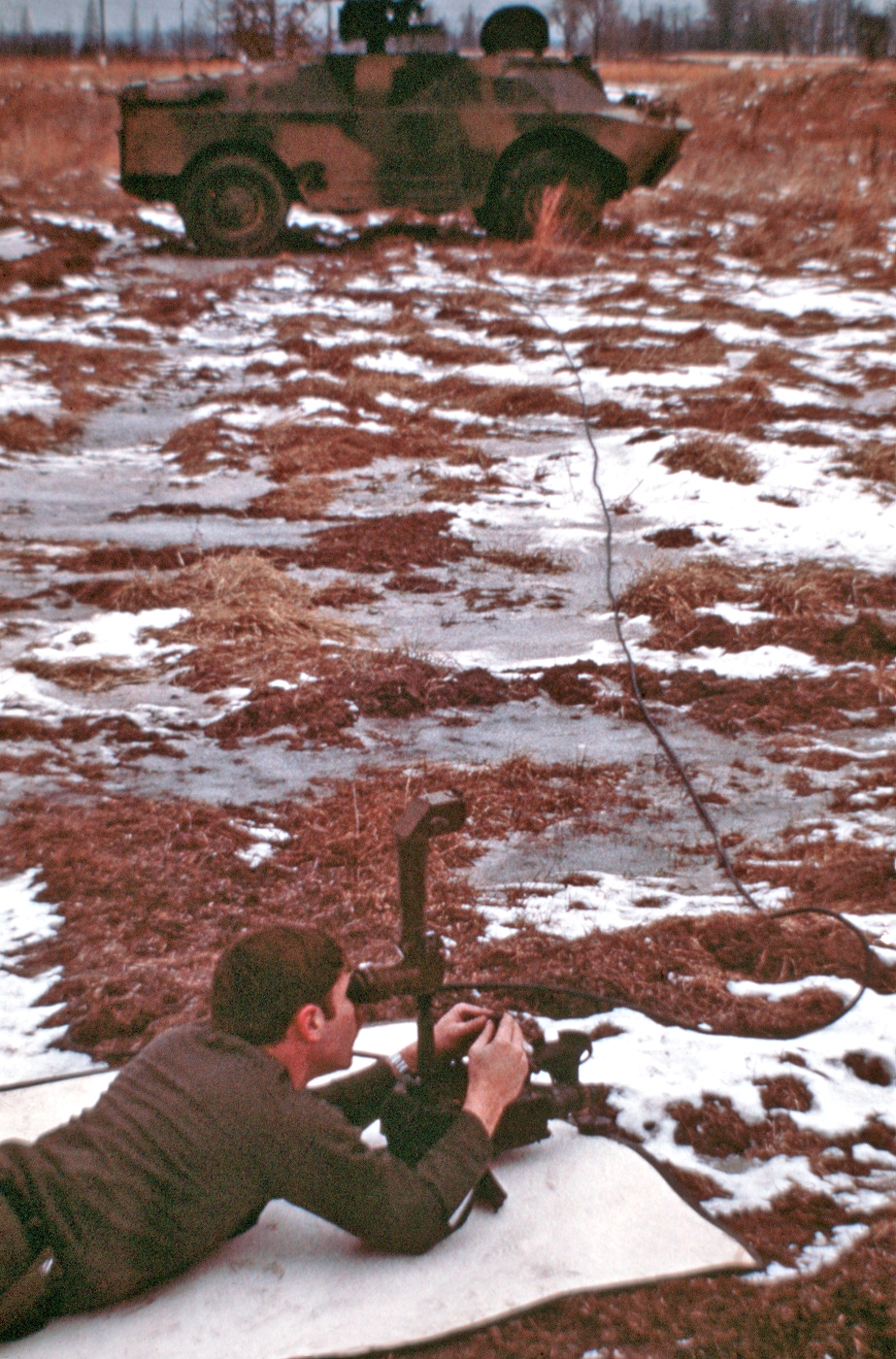
The Sagger was designed to be small enough that it could be launched from a protected position, such as a trench, foxhole or bunker. Much like the American-made TOW, it was wire-guided at launch. After launch, the operator was able to guide the course via a control panel and joystick. The system’s 9Sh16 periscope also offered fixed 8X magnification with a 22.5-degree field of view for targeting over 1,000 meters.
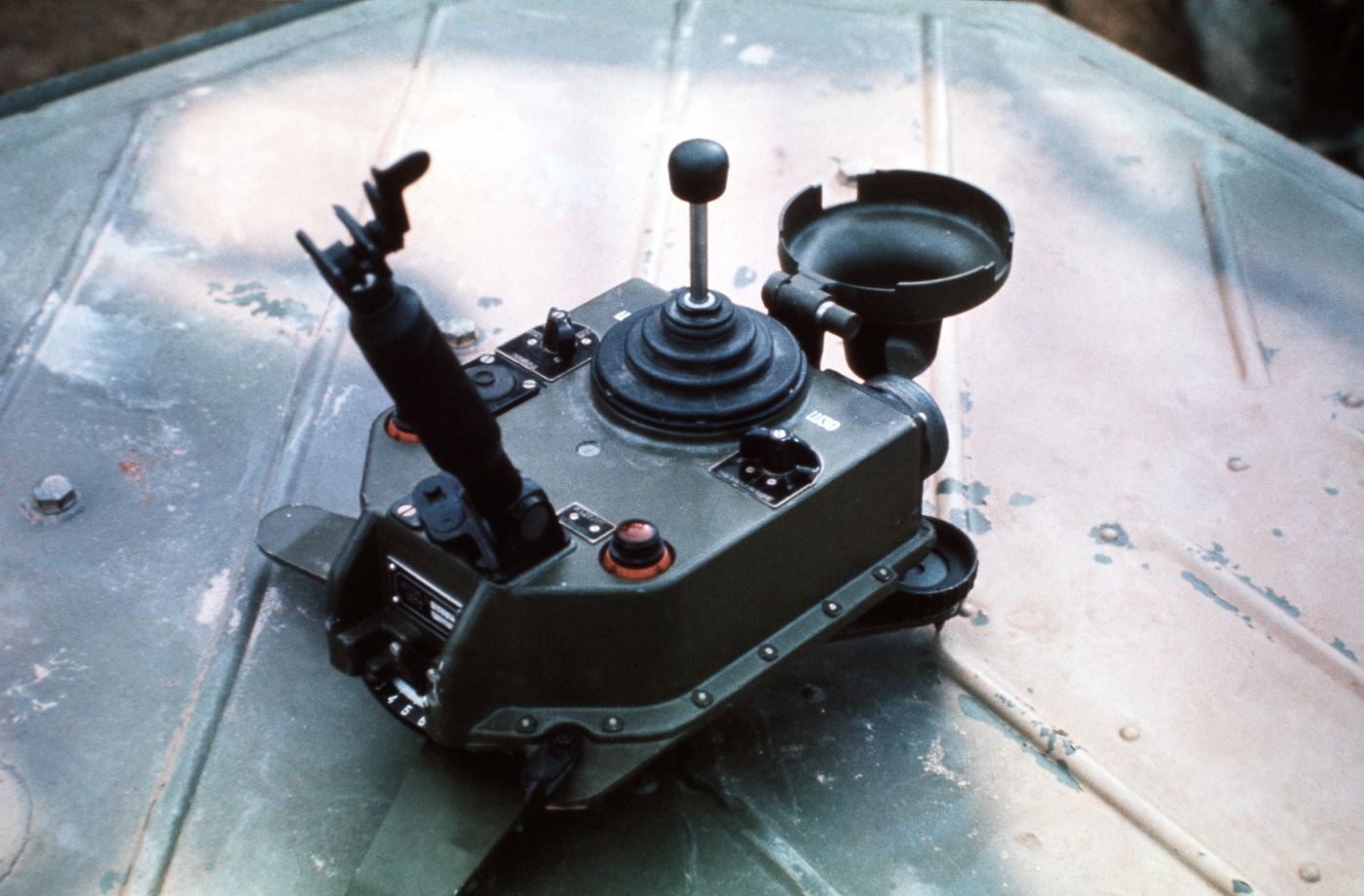
A red tail light emitted from the rocket motor to serve as a visual guide to the operator before the missile impacted. It had an effective range of 2.5 kilometers, but it was far from accurate and could only hit a target with a probability of 50 to 60 percent.
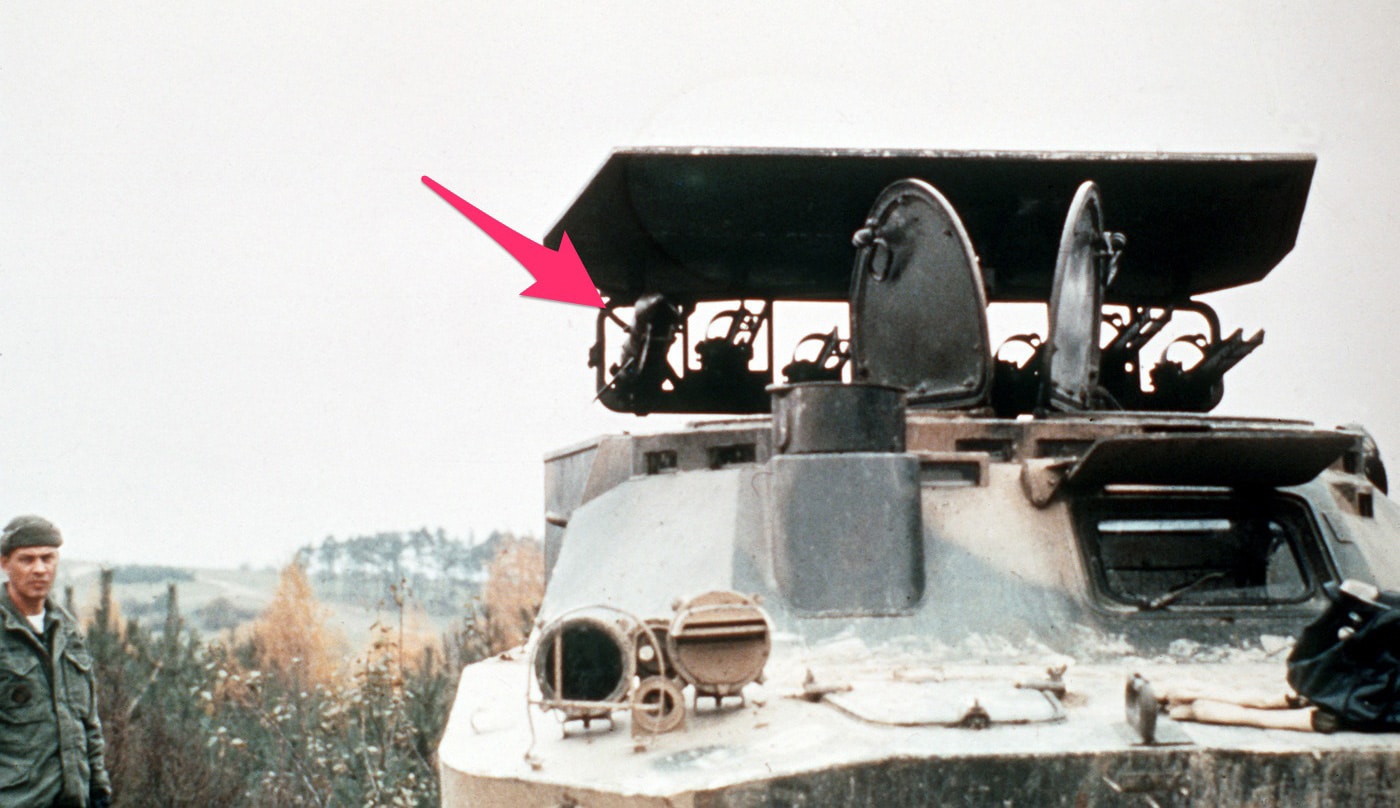
In addition to being launched from its carrying case, it could be fired from a variety of Soviet-bloc Infantry Fight Vehicles (IFVs) such as the BMP and BRDM, as well as from certain helicopters such as the Mi-2 Hoplite, Mi-8 HIP, and Mi-24 Hind.
As the Sagger flew at a relatively low speed and produced a prodigious smoke and dust signature, it would quickly reveal the position of its unit.
Combat History of the 9M14 Malyutka
As noted, the 9M14 Malyutka likely isn’t among the better-known Soviet anti-tank weapons — and certainly not near the iconic status of the RPG-2 or RPG-7 — because its use on the battlefield was somewhat limited. In fact, while some NATO analysts may have feared the weapon, it was first only employed by units from the People’s Army of Vietnam (North Vietnamese Army) during clashes with South Vietnamese tanks in Quang Tri Province in April 1972.
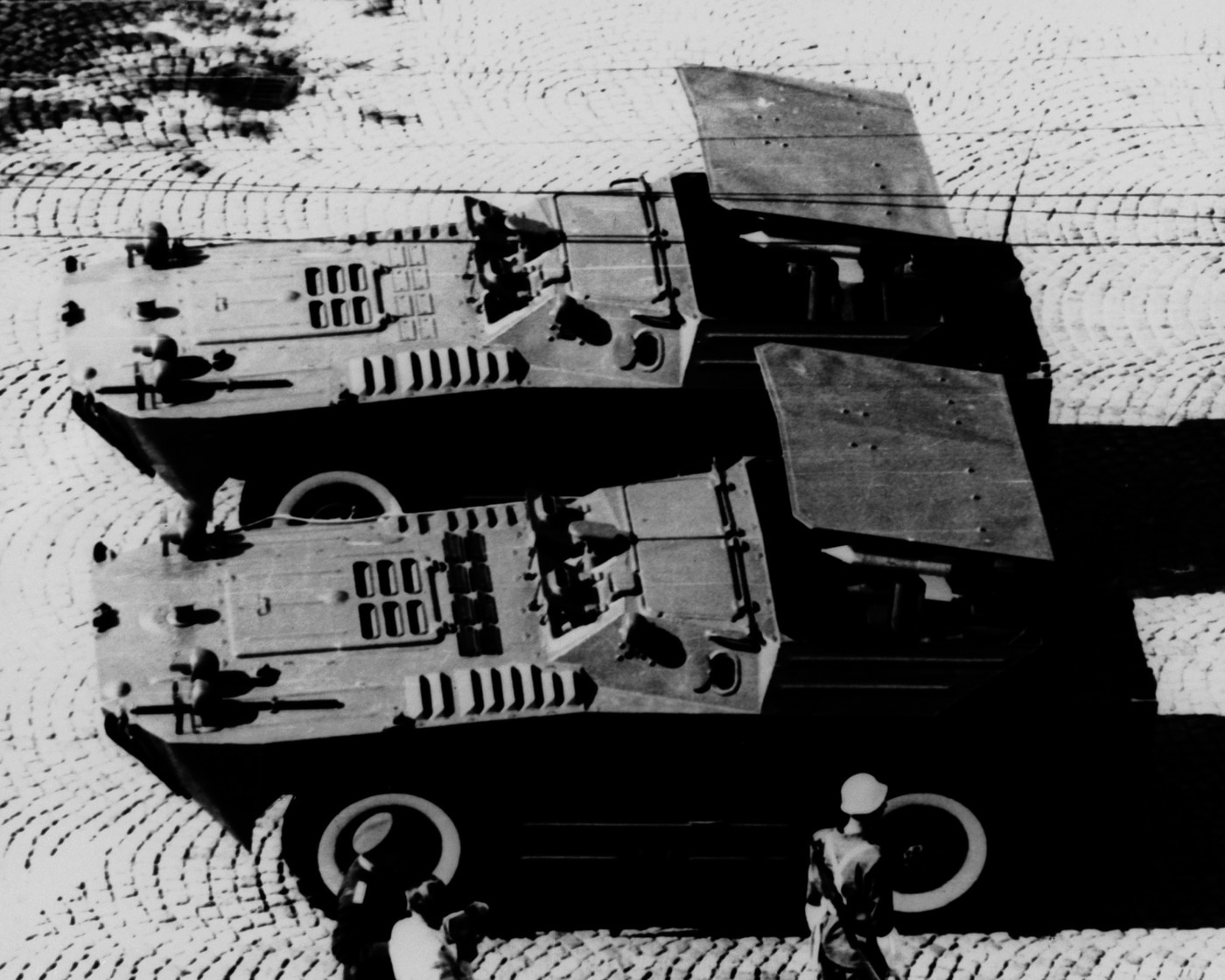
The weapon proved successful and was able to destroy an American-made M48A3, which certainly caused great concern for NATO. Fortunately, the war in Europe between the Warsaw Pact and NATO never occurred.
However, the Israel Defense Forces (IDF) learned the hard way about the Sagger’s effectiveness during the Yom Kippur War of 1973, when it was employed in large numbers by the Egyptian Army. IDF intelligence had received reports that Egyptian soldiers had brought along suitcases — which of course turned out to be the 9M14 Malyutka, which was used to batter Israel’s tank fleet of British-made Centurions and American-made M60s.
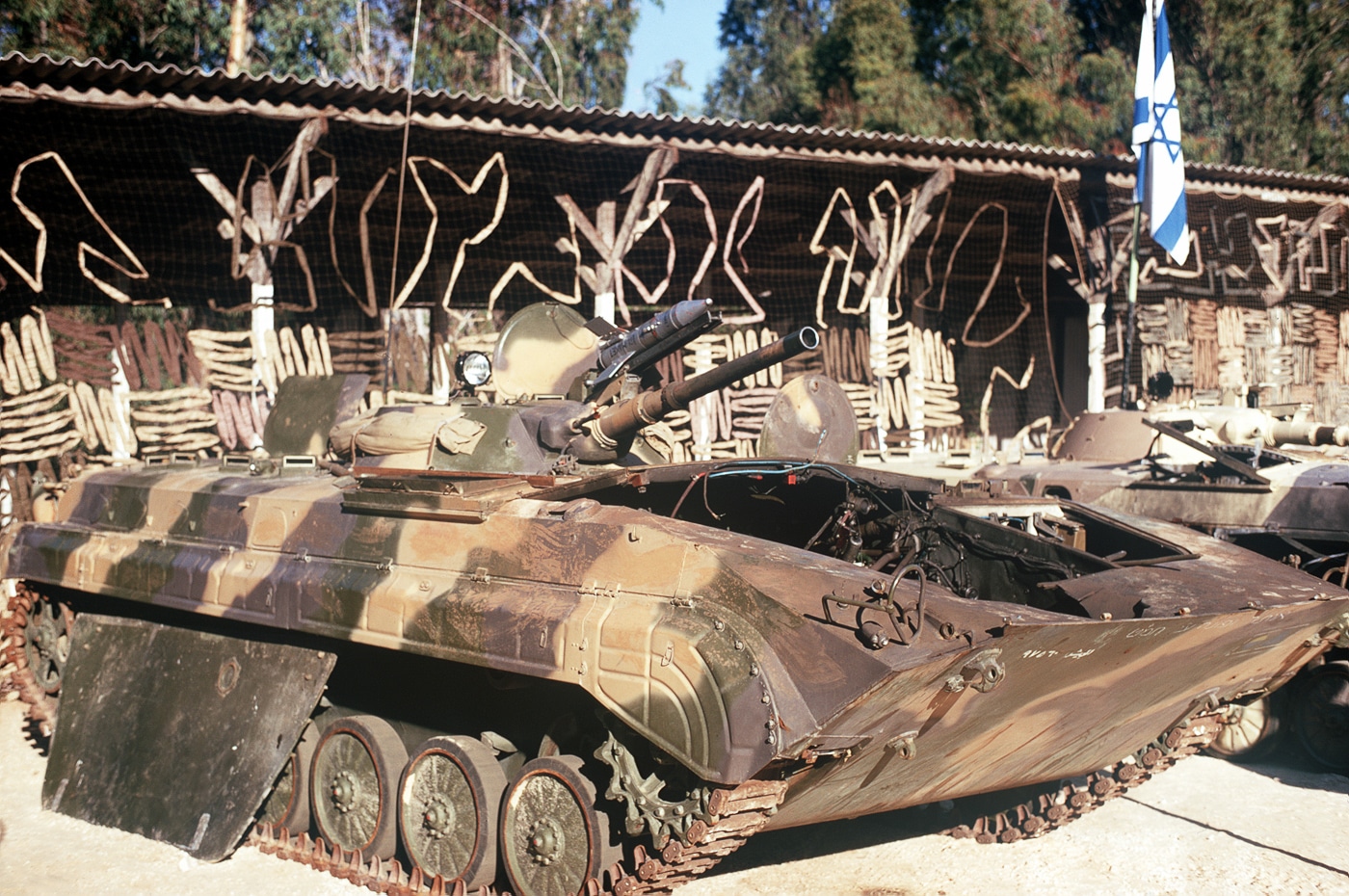
Hundreds of the IDF’s tanks were taken out by the suitcase-launched missiles, which proved capable of penetrating 430mm or nearly 8” of armor. Tank crews learned quickly that little could blunt the explosive forces.
After the war, Israel and NATO spent years working on an effective doctrine against the Sagger, and it was determined the best option was to steer the tank away from an incoming missile to confuse the operator. However, it wasn’t really until the advent of explosive reactive armor (ERA) and active protection systems that the threat from the “Little One” was finally addressed.
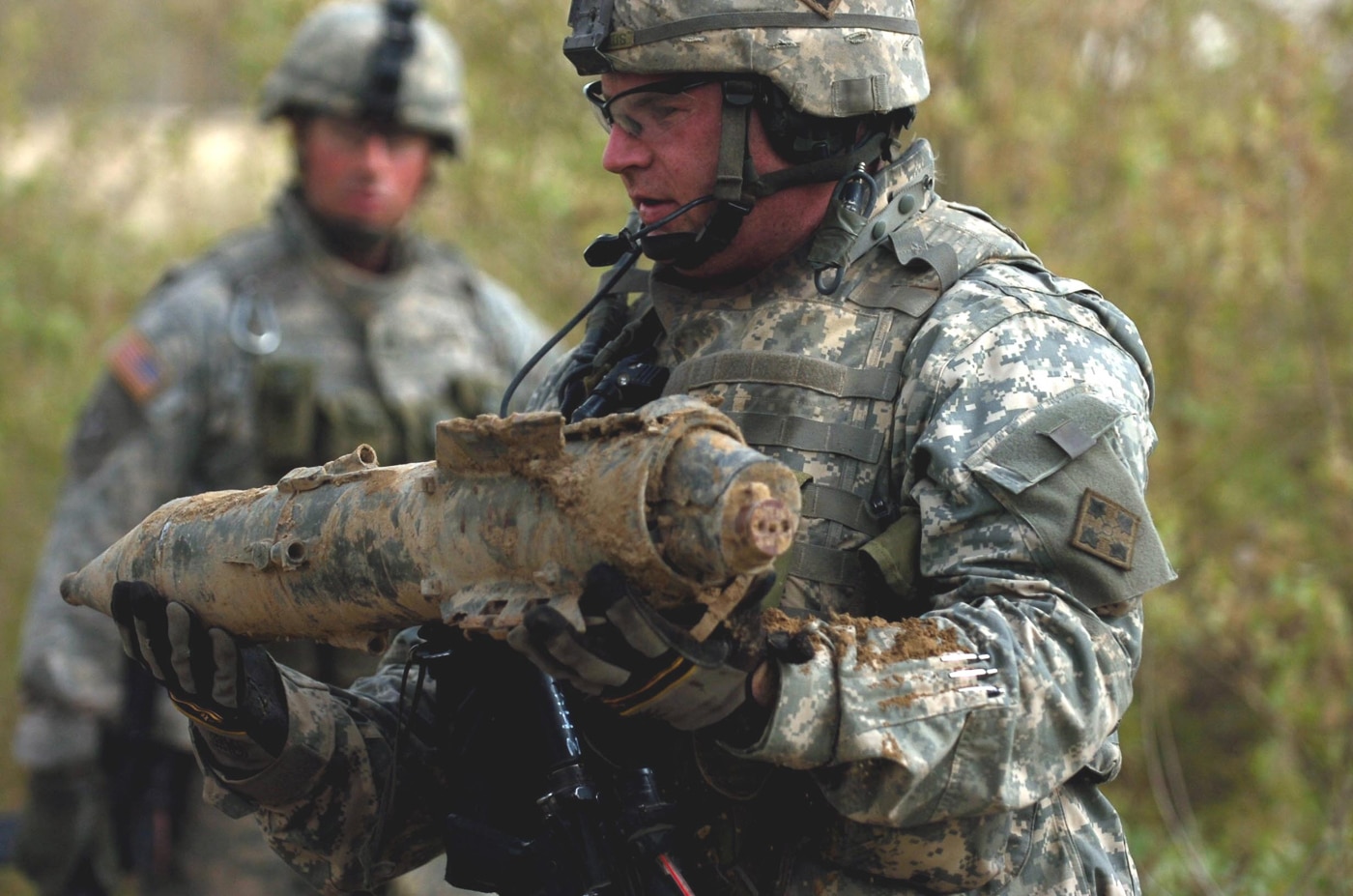
Even as more advanced anti-tank weapons have been developed, the Sagger — and numerous variations — continue to be produced in China, North Korea, Iran and Serbia. It has been used in a number of conflicts and continues to see service in the ongoing civil wars in Libya, Syria and Yemen. Even today, should a tank crew see an enemy with a suitcase, they should be concerned!
Suitcase Missile: Not a Movie Star
Though the 9M14 Malyutka continues to be employed by militaries around the world, it has yet to appear in any movies or TV series — likely another reason why it is generally not as well known as the RPG or the TOW missile.
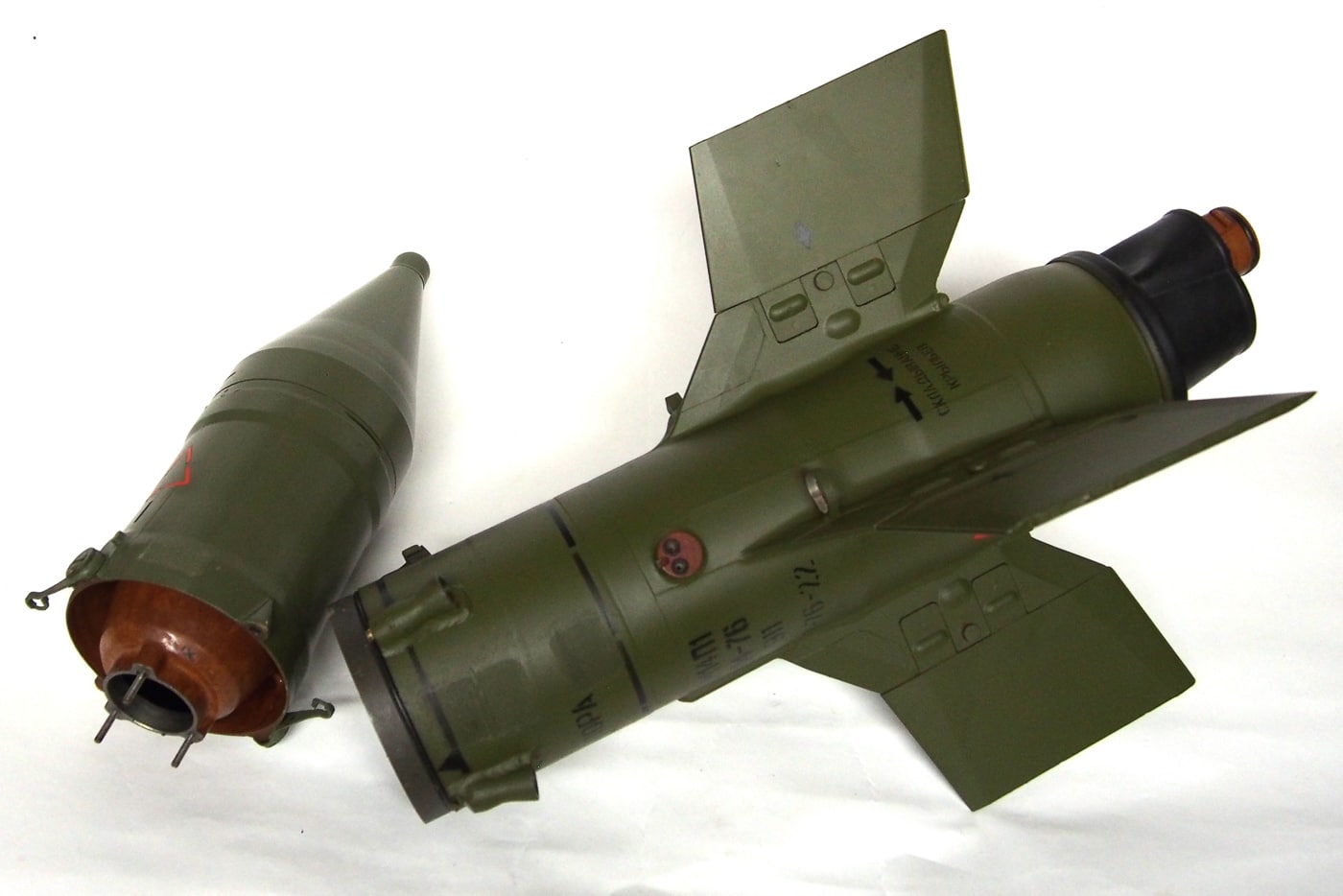
In fact, to date, the Sagger has reportedly only appeared in three video games including 2000’s Steel Beasts, 2001’s Operation Flashpoint, and 2005’s Project Reality. All of those were vehicle-mounted versions — rather than the suitcase-launched models.
Though the Sagger hasn’t had its close-up in a movie, the weapon has become popular with collectors in just the past year after a cache of Communist Block trainers hit the market. These apparently came from vintage stocks in the Czech Republic, Serbia and Bulgaria — and were originally intended for assembly and loading drills. None were ever functional, and couldn’t be converted into any type of functional weapon, but they are still impressive as a conversation piece. These were sold with the original wooden transit chest, and with a piece of glass added can easily transform into a coffee table for the man cave or bunker!
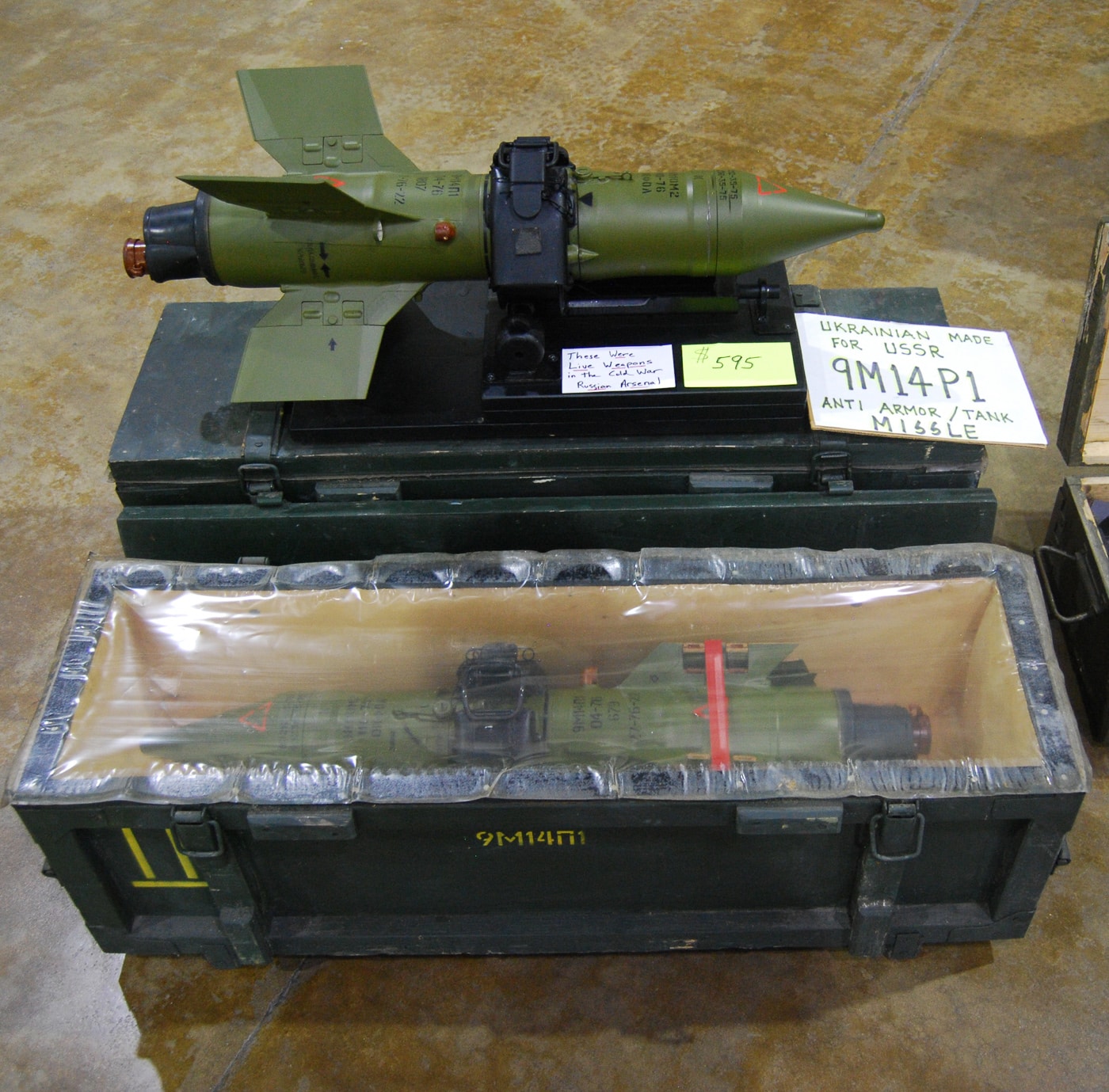
A few are still available from a few sellers online for around $500.
In addition, a handful with carrying cases/launchers has been seen for sale by this reporter at the larger military collectibles shows. However, it appears only rarely are the launcher controls including the joystick unit included — but for collectors, it would appear the rocket is the true curiosity piece.
Editor’s Note: Please be sure to check out The Armory Life Forum, where you can comment about our daily articles, as well as just talk guns and gear. Click the “Go To Forum Thread” link below to jump in and discuss this article and much more!
Join the Discussion
Continue Reading
Did you enjoy this article?

 233
233








